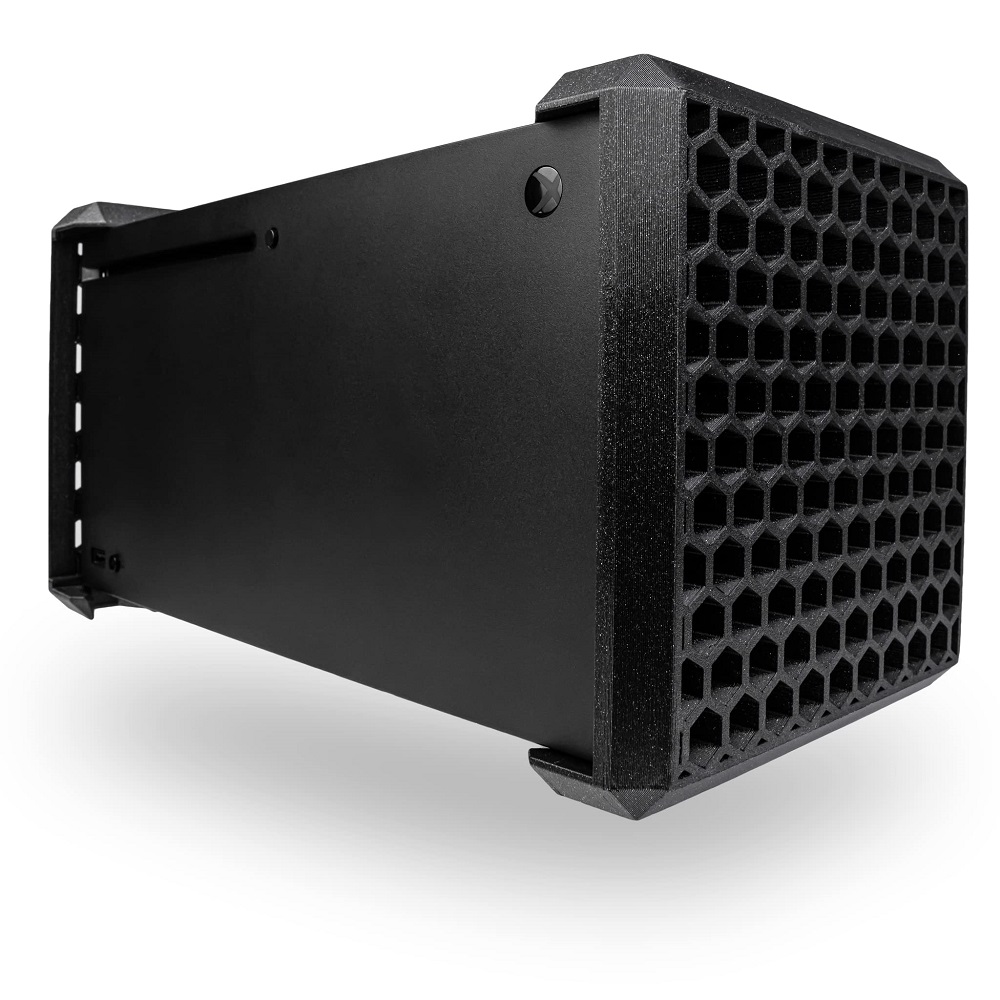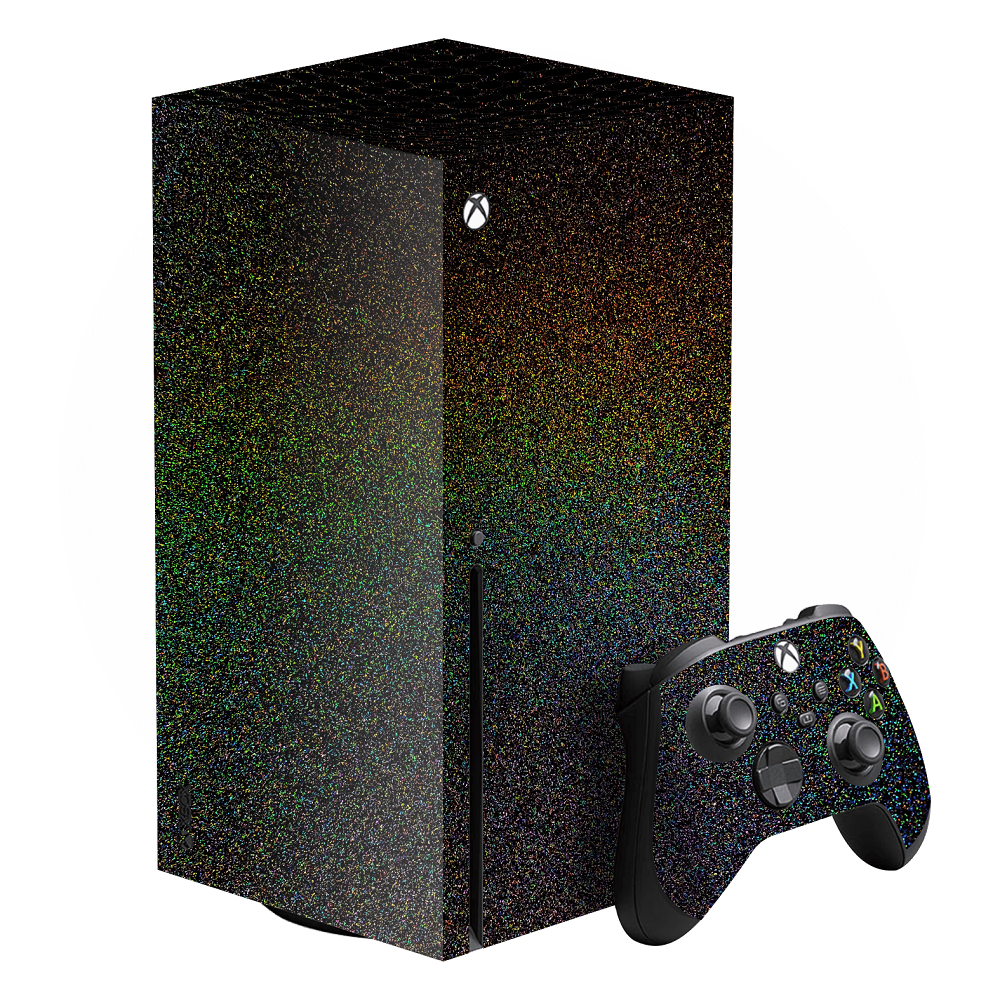The Xbox Series X, released in November 2020, represents a significant leap forward in gaming technology. This powerful console has raised the bar for console gaming, particularly regarding graphics performance, load times, and overall gaming experience. One of the key components that contribute to its capabilities is its graphics card. Understanding what graphics card is in the Xbox Series X can help gamers and tech enthusiasts appreciate the power behind their gaming experiences. This article explores the specifications, architecture, performance, and implications of the graphics card in the Xbox Series X.
Overview of the Xbox Series X
Console Specifications
The Xbox Series X is Microsoft’s flagship gaming console, positioned to compete with Sony’s PlayStation 5. This console boasts advanced specifications, including a custom processor built using AMD’s Zen 2 architecture, enabling high performance and quick load times. The Xbox Series X aims to deliver 4K gaming at 60 frames per second, with support for up to 120 frames per second in certain games. Understanding the hardware will give insights into the high-quality gaming experience it aims to provide.
The console features 16 GB of GDDR6 RAM and an 8-core processor clocked at 3.8 GHz. Combined with a custom SSD for fast data access, the Xbox Series X is designed to minimize lag and deliver smooth transitions during gameplay. This technological foundation sets the stage for an impressive graphics performance that many gamers have come to expect.
Importance of Graphics in Gaming
Graphics play a crucial role in gaming, impacting factors like realism, immersion, and player satisfaction. High-quality graphics contribute to the overall experience by creating visually stunning environments and detailed character models. For many gamers, superb graphics can make the difference between an engrossing gaming experience and one that feels flat. Therefore, the importance of the graphics card in a gaming console cannot be underestimated.

The Graphics Card Detail
Custom RDNA 2 Architecture
The Xbox Series X is equipped with a graphics card based on AMD’s RDNA 2 architecture. This architecture is a significant advancement from the previous RDNA generation, providing improved performance and power efficiency. The graphics card features 52 compute units operating at up to 1.825 GHz, resulting in a performance target of around 12 teraflops. This impressive capability places the Xbox Series X among the most powerful gaming consoles to date.
The RDNA 2 architecture includes several key features that enhance graphics performance. One such feature is hardware-accelerated ray tracing, which simulates how light interacts with objects in the game environment. This technology helps create realistic lighting, shadows, and reflections, enriching the visual experience and contributing to a more immersive gaming environment.
Integrated Graphics Processing
The integration of the graphics card into the Xbox Series X’s overall architecture allows for seamless performance. This integration ensures that gaming experiences run smoothly, with less latency between the CPU and GPU. Gamers can expect fast load times without sacrificing visual fidelity, which is essential for modern gaming.
Performance Benchmarks
Frame Rates and Resolution
When it comes to gaming performance, understanding frame rates and resolutions provides a deeper insight into what the Xbox Series X can achieve. The console supports native 4K gaming at 60 frames per second, which results in razor-sharp visuals and smooth motion. Furthermore, the Xbox Series X is capable of achieving up to 120 frames per second in supported titles, making fast-paced games feel more responsive and fluid.
Several games featured on the Xbox Series X, such as “Assassin’s Creed Valhalla” and “Gears 5,” have showcased the console’s ability to deliver 4K resolution with high frame rates. As a result, this performance not only caters to casual gamers but also fulfills the demands of competitive players seeking the best in responsiveness and quality.
Loading Times and Texture Streaming
One of the standout features of the Xbox Series X is its game loading times, primarily due to its custom SSD and the graphics card’s capability to handle texture streaming efficiently. This feature minimizes delays, allowing gamers to jump into their favorite titles in seconds. The powerful graphics card, combined with the SSD technology, enables rapid access to complex textures and models, enhancing the immersive experience.
Developers have leveraged this technology to create more detailed, expansive game worlds without compromising performance. As a result, players can enjoy richer environments and more intricate gameplay without the drawbacks of long loading screens.

Comparison to Other Consoles
Xbox Series X vs. PlayStation 5
A natural point of comparison is the rival console, the PlayStation 5 (PS5). Both consoles utilize custom AMD processors, but there are differences in their graphical capabilities. The PS5 also features RDNA 2 architecture, but with a GPU performance of around 10.28 teraflops. While both consoles aim for 4K gaming at high frame rates, the Xbox Series X’s slightly superior specifications offer a performance edge in certain scenarios.
Furthermore, developers have highlighted optimizations based on the unique strengths of each console, meaning that the graphic performance may also vary by game. Ultimately, both consoles deliver exceptional gaming experiences, but the particular strengths of the graphics card in the Xbox Series X give it an edge in scenarios that demand maximum performance.
PC Gaming Comparison
When comparing the Xbox Series X graphics card to high-end PC graphics cards, the differences become more pronounced. Many gaming PCs utilize dedicated graphics cards with greater teraflops performance than the Series X. For example, powerful options from Nvidia’s RTX series often exceed 15 teraflops and include additional features like DLSS (Deep Learning Super Sampling).
However, the key advantage of the console lies in its integration. The Xbox Series X has optimized hardware and software interactions specifically designed for gaming, providing a smooth experience. For many players, this efficiency, combined with the ease of setup and cost-effectiveness of a console, makes it a compelling choice without the need for constant hardware upgrades.
Future-Proofing and Longevity
Upcoming Game Titles
The power of the Xbox Series X graphics card enables it to support upcoming game titles that continue to push the boundaries of what’s possible in gaming. Titles such as “Halo Infinite” and “Fable” are designed to fully utilize the capabilities of the console, offering stunning graphics, expansive worlds, and immersive gameplay mechanics.
As developers learn to harness the graphics capabilities, players can expect increasingly sophisticated visuals in titles released over the coming years. This foresight into future developments indicates that the Xbox Series X remains a solid investment for gamers looking to explore the latest advancements in gaming technology.
Compatibility with Next-Gen Graphics
Furthermore, the Xbox Series X is designed to support various next-gen graphics features, including 120Hz refresh rates, variable refresh rates, and quick resume functionality. These features enhance visual smoothness and responsiveness and improve the overall gaming experience. As developers continue to integrate these advanced technologies into their games, the Xbox Series X will remain relevant and competitive.

Optimizing Graphics Performance
Game Mode Settings
Players can optimize their experience by adjusting graphics settings in the Xbox Series X. Some games offer options for prioritizing graphics quality or performance. For example, selecting “Performance Mode” may favor higher frame rates at the cost of visual fidelity, while “Quality Mode” provides enhanced graphics at a possibly lower frame rate. Understanding these settings allows players to tailor their gaming experience based on their preferences.
Benefits of HDR and 4K Output
To maximize the visual performance of the Xbox Series X, utilizing high dynamic range (HDR) compatibility and a 4K display enhances the gaming experience. HDR improves color accuracy and contrast, while a 4K monitor provides clarity and detail. By selecting compatible monitors or TVs and enabling these settings, players can fully appreciate the capabilities of the graphics card, leading to a more vibrant gaming experience.
Conclusion
The graphics card in the Xbox Series X plays a pivotal role in delivering an exceptional gaming experience. With its custom AMD RDNA 2 architecture, impressive performance metrics, and advanced features, the console offers gamers a powerful tool for immersive gameplay.
Understanding the capabilities of the Xbox Series X graphics card underscores the efforts made by manufacturers to provide high-quality gaming solutions. As the gaming landscape continues to evolve, the technology behind consoles like the Xbox Series X will remain critical in shaping the future of interactive entertainment. With a solid foundation in graphics performance, gamers can eagerly anticipate even more engaging experiences as they explore upcoming titles and features tailored for this advanced console system.
